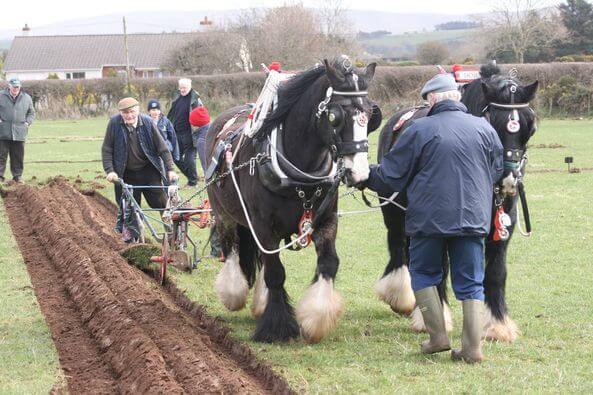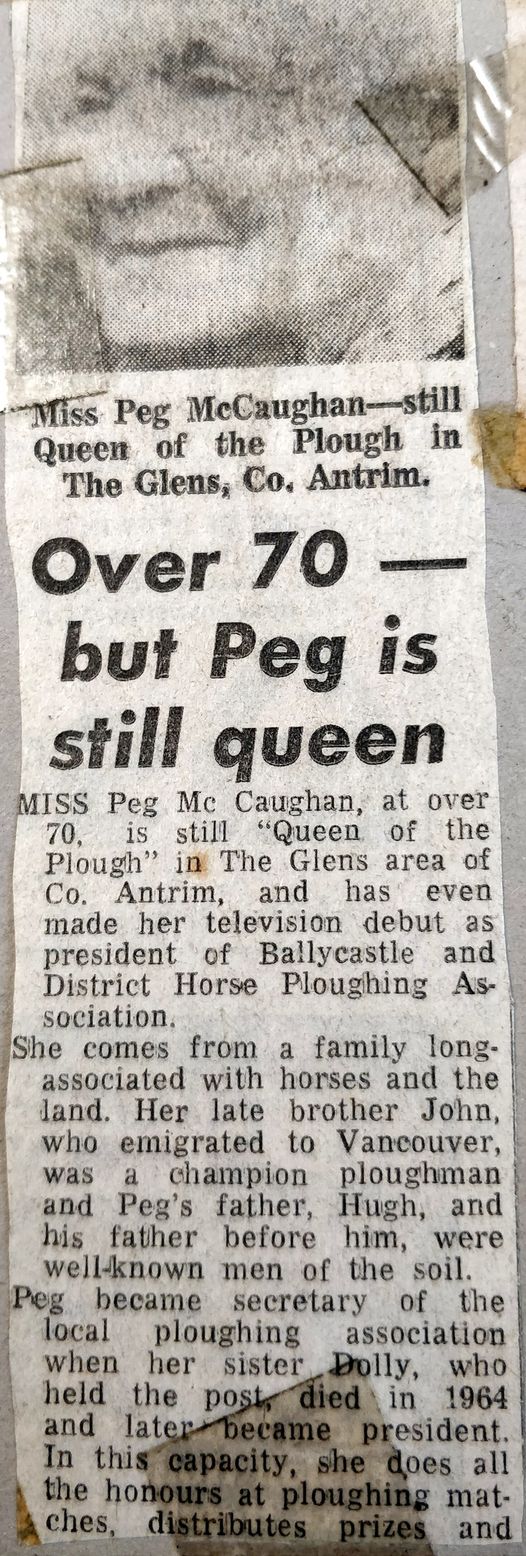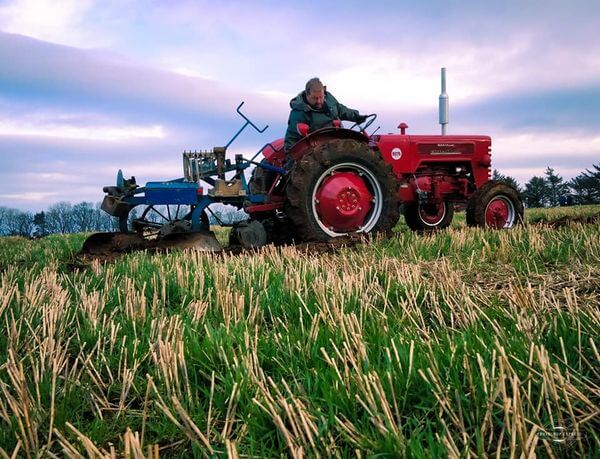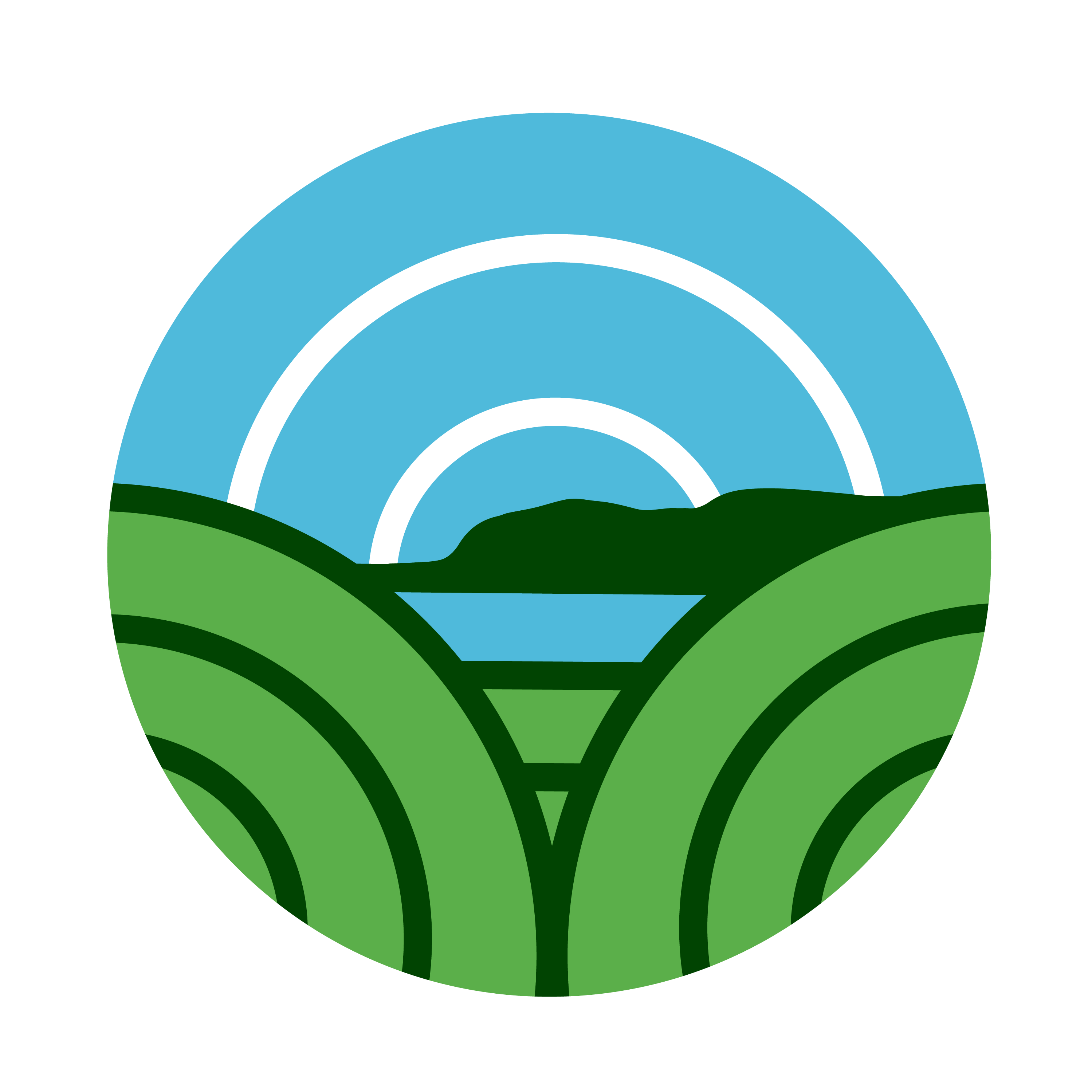Traditions
The Glens of Antrim has many traditions unique to this part of Ireland, and Glenshesk and surrounding area is no different, although over the years, many have been lost in time
Halloween traditions.
Glenshesk at Halloween time had the usual old customs like bobbing apples, (lifting apples out of a bucket of water with your teeth), trying to bite apples hanging from a rope from the ceiling, as well as gathering wild hazelnuts to eat. Glenshesk seemed to be in a special league of its own, when it came to Halloween; many past escapades are now the stuff of legend!
As a small and quite isolated community, as it was before general transport became readily available, the young people of the Glen made their own entertainment growing up, particularly at Halloween. However, the 1970’s and 80’s seemed to be a particularly high point for Halloween pranks.
Gates were often removed from the entrance to field’s and hidden, but this was at the milder end of the pranks scale. Cars and tractors were lifted from farmyards, at a time when life was more innocent and keys left in ignitions, and later hid at the bottom of a field or in a shed belonging to another farm. Rival bonfires were lit, often the night before Halloween. A lot of work went into the building of bonfires, often assisted by the addition of recently cut whin bushes, which were great as firelighters to get them started. Sometimes however, when the planning of the bonfire was left late, improvisation was the order of the day, with old hen houses, children’s wooden playhouses, a large bale of straw or even an old car, standing in for the usual bonfire.
Sheep were sometimes caught and pushed through a window into someone’s farm house! Sometimes stink bombs were thrown into a farmhouse kitchen, after which those involved did a quick skedaddle down the dark lanes of the Glen before they were caught. With a lack of any proper outdoor lighting and most farms quite a distance from each other, it was generally pitch dark for miles, which added to the Halloween craic. Families were often waiting in the darkness for other pranksters to visit their farm, often armed with buckets of water to be thrown from an upstairs window (as happened in Loughan as I can remember on one occasion) or alternatively hiding in the farmyard with the farm power-hose, ready to give any visitors a good soaking! Most of the farms across the heart of Glenshesk were visited including those in Greenans, The Hollow, Duncarbit, Tenaghs, Loughlan, Greenan’s, Tenaghs, Glenview, Aghaleck, Claire and Glenbank to name but a few.
However amongst many of the escapades was the infamous capture one year of a large white bull at Clare, which was chased by the assailants into a pen (not many townies would risk this), sprayed completely blue with animal marker paint, and then released. I’m not sure if the bull enjoyed its new blue rinse. It later transpired that the bull was to be sold a few days later at auction, however this had to be postponed until its new colour grew out, a few months later!
Ultimately, it was all good clean harmless fun. Times like Halloween brought the young people together for a night of devilment and innocent fun.
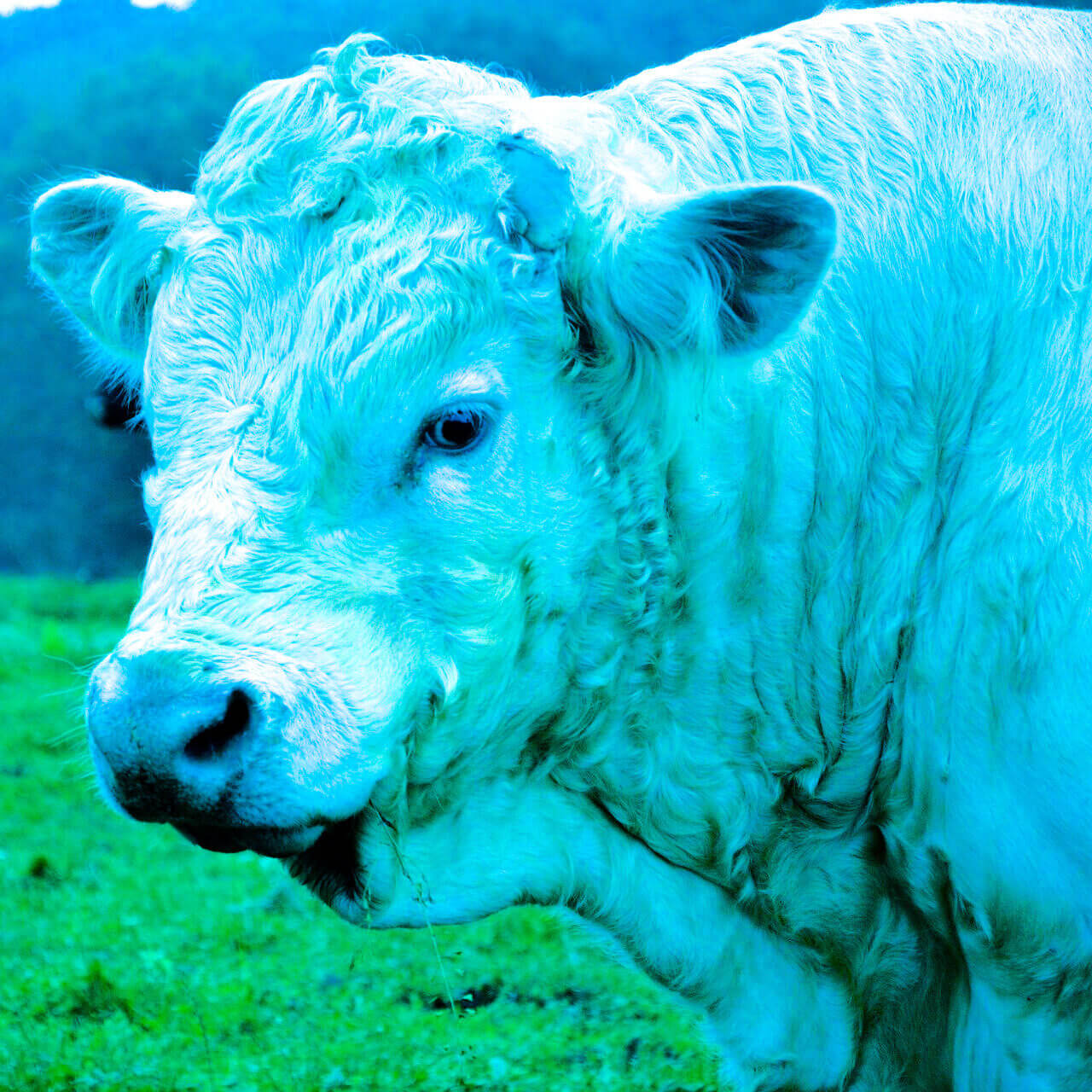

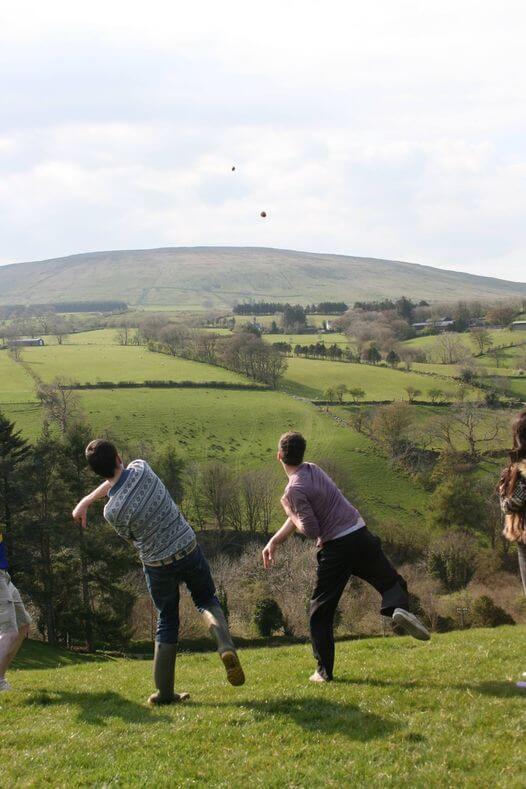
Easter Egg Rolling.
Easter egg rolling has been a tradition in part of the Glens for many generations and still takes place every year in Glenshesk. The rolling of the eggs is said to symbolise the rolling of the stone away from the tomb of Christ. Because of their steep slopes, Glenshesk is an ideal location for the rolling of the eggs, as long as you don’t mind the walk back up again!
The day starts with the collection (or purchase) of hens eggs. After any cracked eggs are discarded, they are boiled in water for over an hour. Until the late 1970’s, the eggs would have been boiled on a makeshift turf fire outside, with added whin blossom for colouring the shells yellow, which was very much part of the fun. Nowadays the eggs, when boiled indoors, are removed carefully, allowed to cool down, and then allocated to participants for decoration with paint, felt tips, etc., but not painted with superglue as some did in the past!
After a suitable steep field is chosen, participants line up in a row, and after a count of three, eggs are thrown as far as possible in the air. Any unbroken eggs are collected and the process is repeated again and again until there is just one egg remaining, the winner!
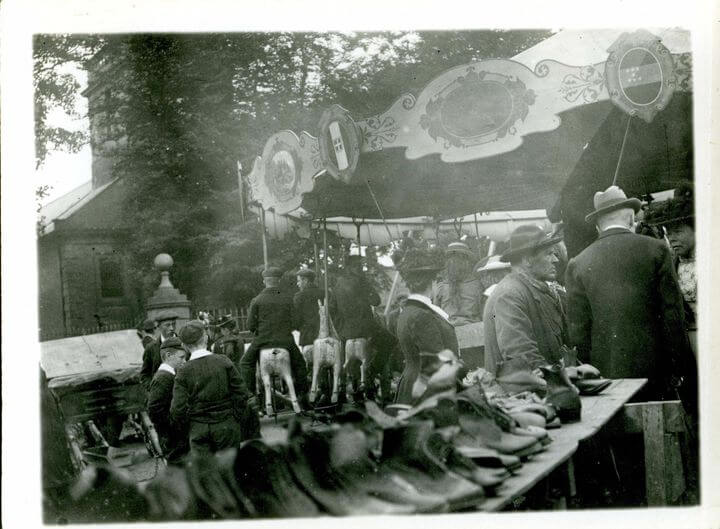
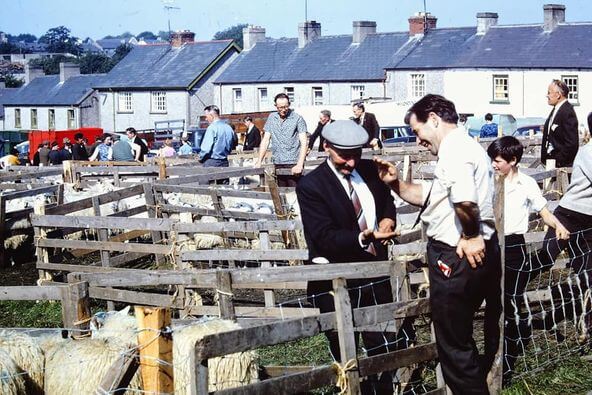

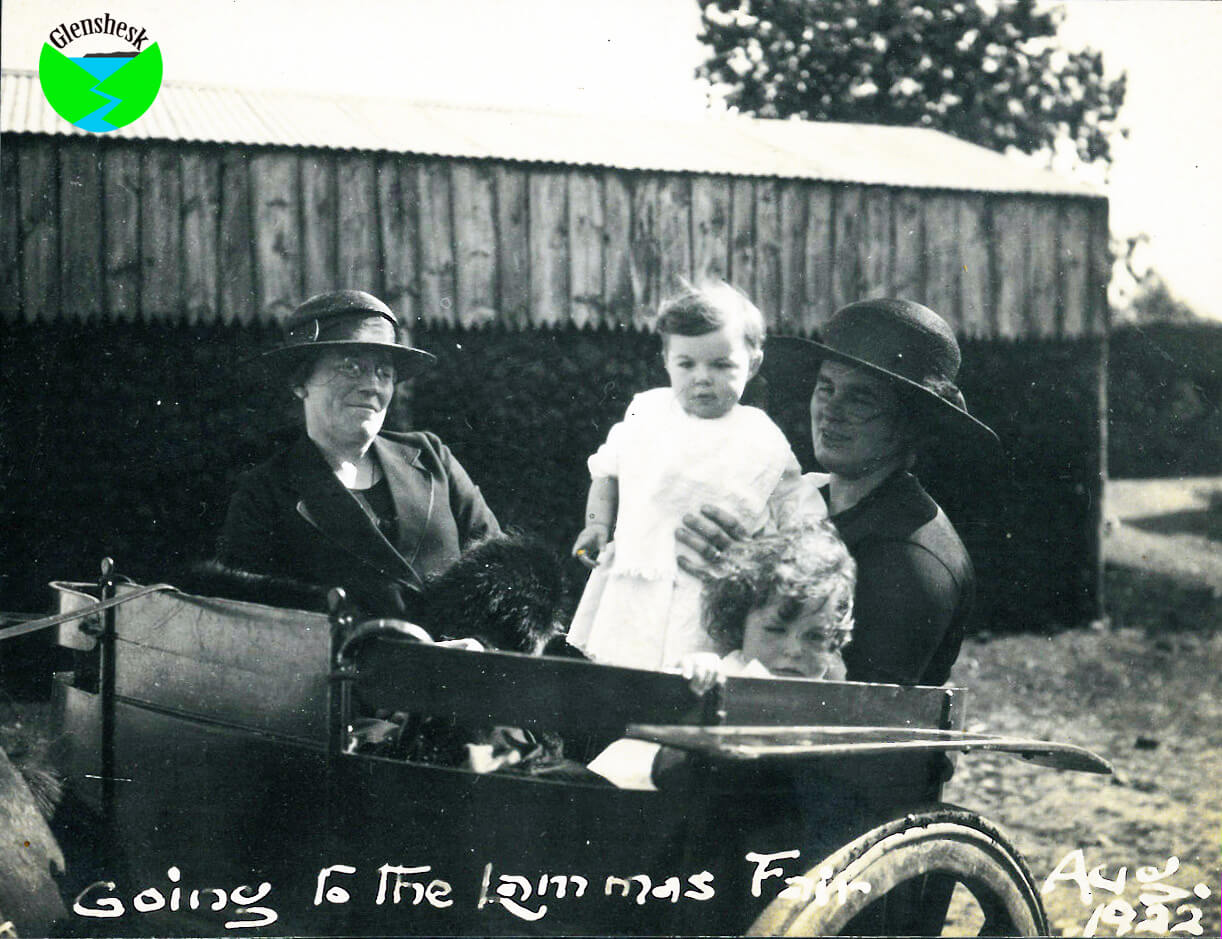
The Lammas Fair
The Lammas Fair takes place on the last Monday and Tuesday in August In Ballycastle and mark’s the end of the summer and beginning of the harvest. This fair is the oldest and one of the largest in Ireland dating back over 400 years to the 17th Century, and has several direct connections to Glenshesk. The most obvious and famous one is of course the famous song itself, “The Ould Lammas Fair” which was penned by Glenshesk man, John Henry McAuley, and within it is a reference to what is thought to be his family home in Glenshesk, “a neat little cabin on the slopes of fair Knocklayde“. Click on the link at the bottom of this article to learn more about John Henry and the song.
Separately, the Fair in the early days was focused on the selling of livestock, farm implements, etc., and Glenshesk farmers like other local farms in the Glens, would have sold sheep and other livestock here. The selling off livestock over recent decades has decreased steadily, but during the 1970’s and 1980’s The Glen Young Farmers Club, which included many Glenshesk natives, (and founded by Glenshesk man Kevin Francis McCaughan) reintroduced the sale of lambs, as well as having their own stall outside the Antrim Arms Hotel where they raffled farm quads and the like, in aid of a local charity.
In the Fair today, apart from the selling of some livestock including horses and donkeys, as well as ric-a-brac, craft, farm produce, household items, toys, clothes, etc., and a real and unusual treat associated with the Lammas Fair itself, Yellow Man, a sweet honeycomb candy, and Dulse, a red edible seaweed. The fair also includes live music, funfairs, face-painting, traditional music sessions in pubs, street entertainment and much more. In years gone past there would have been a new gimmick each year to catch the eye of the young, like jumping beans, headbangers, high pitch whistles and the like.
The Fair is the one time of the year when Glens folk living away from home, would often return home to the Glens and visit the Fair, to meet and catch up with old friends.
Horse and Tractor Ploughing Match.
Ballycastle is famous for its Ploughing Matches, both horse and tractor, and held on public holidays, St Patrick’s Day and New Years Day respectively. Over the years both have taken place on occasion, on the outskirts of the Glen, often around Magherintemple, on Churchfield Road. Both Societies who organise them have had Presidents from the Glen itself.
The Horse Ploughing Match, organised by Ballycastle Horse Ploughing Society is one of the oldest surviving annual horse competitions in the whole of Ireland, and has included participants from the Glen like the McCaughans of Brackney. It was also closely associated with Peg McCaughan, also from Brackney, who was President of the Society at one time. Peg actually became Secretary, originally replacing her sister Dolly who had this role until her death in 1964. The Competition takes place on St Patrick’s Day each year, and both participants and visitors come from across the island of Ireland to attend this unique event. As horse ploughing has all but disappeared over the decades with the introduction of tractors, it is important to keep the skill of using horses alive, and pass it on to future generations. North Antrim has produced World Class ploughmen over the last century. Below is a link to the Ballycastle & District Horse Ploughing Society Facebook page for more information, as well as a short video of a Horse Ploughing Match.
The Tractor Ploughing Match, which is organised by the Ballycastle and District Ploughing Society, and is held on New Years Day, again, attracts participants and visitors from far and wide. As well as modern tractors, a great display of vintage tractors and ploughs are also on show. Francis Kevin McCaughan (known as Kevin) from Duncarbit, Glenshesk was one of the founders of it and was President of the Society in the 1950’s, and Secretary of the Society For 14 years.
